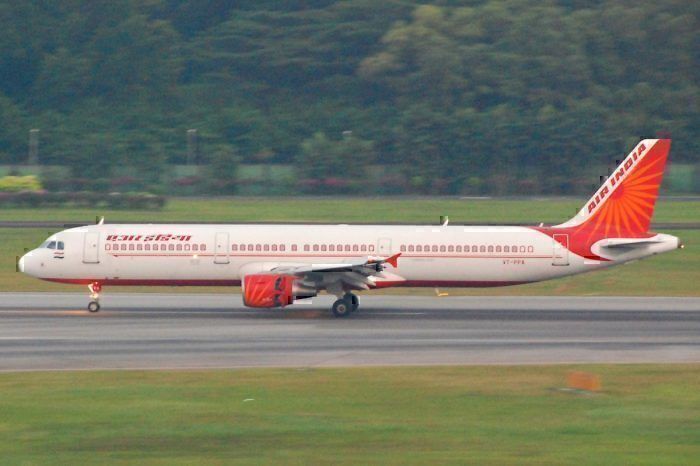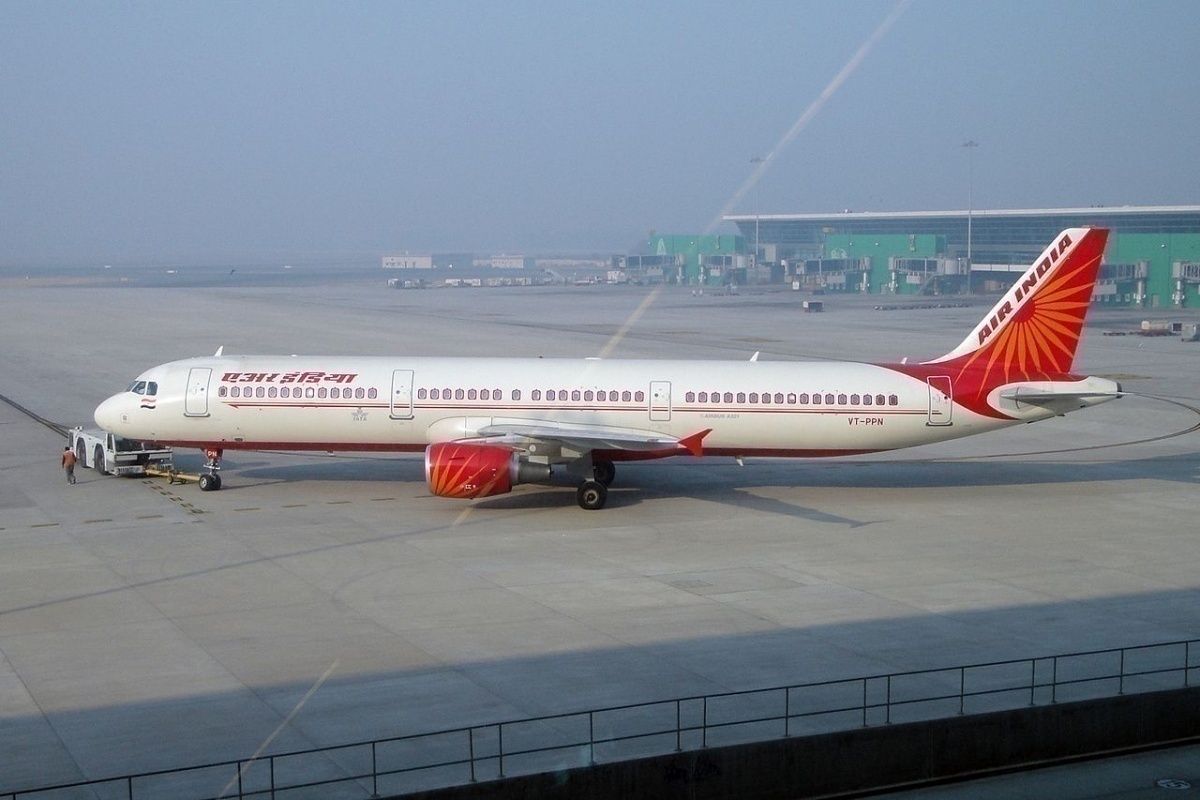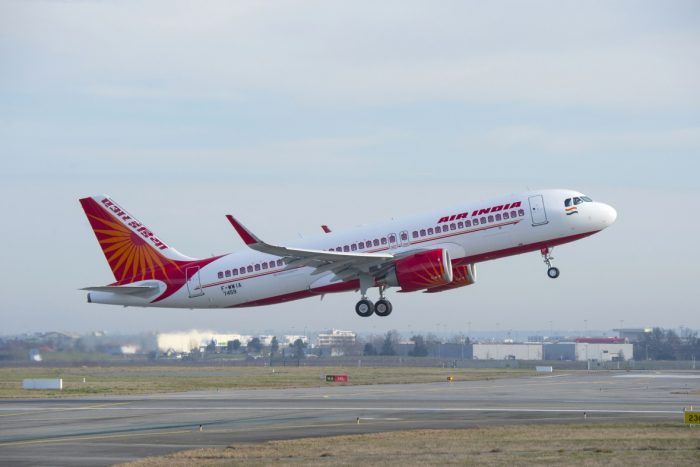In a bizarre incident at Pune Airport, an Air India flight was forced to perform an emergency takeoff after spotting a jeep and a person on the runway. The flight suffered a tail strike but decided to continue onto its destination of Delhi rather than turn back for Pune.
A dramatic display
The flight in question was Air India flight 852, departing from Pune for Delhi at 7:40 AM on February 15th. During the aircraft's takeoff roll, the pilots noticed a jeep and a person on the runway. Authorities have now confirmed that the jeep belonged to the Indian Air Force and was cleared for routine duties near the runway when the incident occurred.
Upon seeing the obstacles on the runway, the pilots made an emergency takeoff at the speed of 222km/hr, nearly 70km/hr below the general takeoff speed. This emergency takeoff resulted in a tail strike and damage to the fuselage of the A321.
The tailstrike, however, did not stop the flight from carrying on as usual. The flight landed at Delhi a few hours later, instead of turning back for an emergency landing in Pune. Upon landing, the aircraft inspection team saw the damage to the fuselage and pulled the aircraft from service pending further investigation.
Lapse in communication
Pune, like many other commercial airports in India, also serves as a military base for the Indian Air Force. The co-habitation results in certain restrictions and means that there are multiple operations taking place simultaneously. It might be this that caused the dramatic incident.
The Air Force confirmed that it was one of its vehicles that was carrying out routine operations, but it is unclear if this was known to air traffic and ground control. It is essential that all airports communicate any vehicle movements to ensure there is no effect on aircraft takeoff or landing.
Currently, it is not clear if the crew knew about the tail strike and, if they did, why they did not turn around in accordance with protocol. The flight did go on to land safely in Delhi with no injuries. This case is now being investigated by the DGCA and the Air Force.
How dangerous is a tailstrike
Tail strikes themselves are generally not dangerous. Aircraft can withstand contact with the ground and there may be no immediate effect felt. As a matter of fact, tail strikes during take-off are relatively common, caused by weather, lack of thrust, etc.
However, the strike may have an effect on the structural integrity of a flight, which may only be seen years or decades later. For example, the catastrophic China Airlines flight 611 crash was caused by a tail strike that was not repaired correctly 22 years previously.
In the case of this Air India flight, it seems that the pilot's quick response is what actually protected those on board and ensured there was no collision. While a tail strike did occur it was forced and needed in order for immediate safety since the alternative was to abort the takeoff and risk a crash with the obstacle on the runway.


